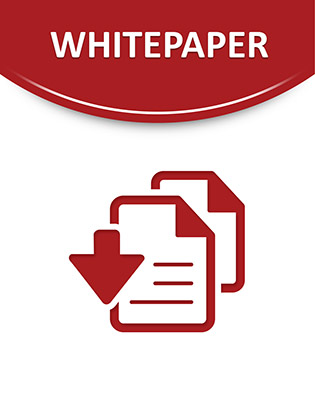Business and IT leaders are under increasing pressure to improve B2B collaboration and the underlying electronic communication capabilities of their organizations. This report: (1) looks at the key drivers for B2B collaboration in both the purchase-to-pay and order-to-cash areas, (2) shares the latest insights into corporate priorities for B2B collaboration and connectivity, and (3) provides an ROI framework to help companies and their IT organizations assess their areas of opportunity.
The two main process areas for collaboration are the order to cash process (customer collaboration) and the purchase to pay process (supplier collaboration). Aberdeen research finds that electronic connectivity with suppliers and customers creates compelling results, including administrative savings and improvements in key performance metrics.
To find the characteristics of B2B collaboration of companies that are leading the way (i.e., the Best in Class) and to help your company measure yourself against industry standards, Aberdeen conducted surveys from February to June 2006 as part of a Supplier Enablement Benchmark and a Customer Collaboration Benchmark.
The Best in Class companies have made the most progress towards Process Collaboration, while the Industry Average companies are concentrating on scaling electronic communication, and the Laggard organizations are still using mostly phone/email/fax communication. Electronic communication involves using automated means to communicate data back and forth whereas process collaboration involves going beyond communication of data to enabling collaborative workflows through the electronic communication platform. Examples of process collaboration include forecast collaboration, design collaboration, invoice reconciliation and automation, and so on.
- Vendor:
- Sterling Commerce Manufacturing Solutions
- Posted:
- Feb 8, 2021
- Published:
- Jul 1, 2006
- Format:
- PDF
- Type:
- White Paper

